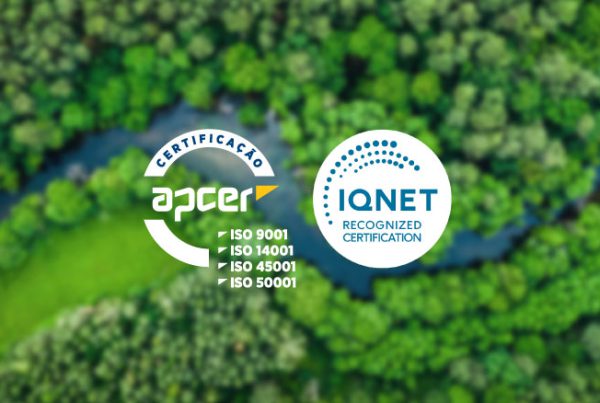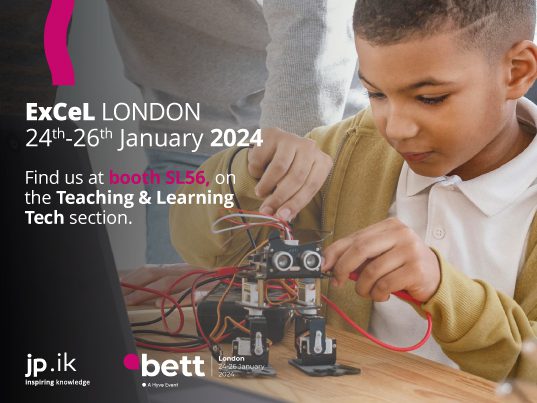The world is constantly changing and the educational ecosystem must keep up with this change. Challenges in the classroom are growing more and more as a result of the growing demands on young citizens’ preparation for the world.
Increasingly, the educational ecosystem is exposed to greater demands in the classroom, where a successful teaching-learning experience is the key to students’ success and calls for the motivation of teachers in the educational environment.

From my experience, as a Software Product Manager, I strongly believe that Technology is the biggest asset that we own in this century, mainly in the educational environment in order to revolutionize how the classroom teaching-learning experiences takes place into the classroom environment.
The main challenge observed for teachers has always been the difficulty in motivating students to learn curricular contents in the classroom environment. The traditional forms of teaching that we know so far, and to which I was exposed during my learning years, hardly answer the needs felt by the students and the difficulties felt by the teachers of today, just because times have changed. There is a need to create a classroom environment that promotes students’ personalized learning, enabling better academic results and engaging them to get more collaborative assessments with each other.
The new generations – characterized by their natural ease in absorbing knowledge – are naturally more gifted in digital literacy skills. Thus, by taking advantage of this innate aptness of the students, through technology and gamification strategies is possible to engage students into learning experiences and promoting the collaborative work and communication skills throughout digital capabilities. Therefore, it is possible to motivate students to learn more in the classroom environment.
Technology can be used to shape the future of education, giving educators the best way to achieve the best practices, save time and boost learning outcomes, and encourage students to learn on their own and use technology to interact with the world around them.
The future generations need to have meaningful experiences in the classroom, in order to absorb all the knowledge, not only the academic curriculum, but also the soft skills that every citizen needs to acquire in the early learning years.

Technology in the classroom means that educators can work in a more high-powered classroom-learning environment that boosts overall classroom productivity, fostering collaborative work between students and teachers.
On one hand, sometimes, teachers have their own methods of teaching and they are not so accustomed to use computers to teach directly as an instrument in the classroom environment. On the other hand, educators are worried to lose their jobs to teachers with more digital capabilities.
I believe that educators must see the technology as an opportunity to improve their teaching approach by learning more creative ways to engage students and, also, for them to take more advantages from their own computers within the teaching process.
It is now clear that technology gives educators the best way to achieve the best practices, save time and boost learning outcomes. For instance, collaborative classroom-learning solutions enhance overall classroom productivity, fostering collaborative work and promoting communication skills.
In addition, students are encouraged to learn on their own and use technology to interact with the world around them.
There are solutions that develop learning activities in a real context, promoting scientific thinking and creating activities applied in a real context, mainly based on gamification strategies to get young minds ready for the future, becoming logical thinkers, problem solvers and skillful conscious citizens.
Bottom line, the future of education lies in adapting the teaching-learning experience into a dynamic, collaborative and personalised experience for both learners and educators. My main goal, as a Software Product Manager at JP.IK is, on one hand, to prepare young generations to real scenarios by creating engagement in the learning process and developing the fundamental soft skills, and, on the other hand, empower teachers giving the control of the classroom and its students.
Therefore, my honest opinion is that enabling a learning experience rooted in Technology is vital these days, because the integration of technology in the classroom experience allows powerful learning scenarios and develops support mechanisms that engage and build knowledge.
Technology in the classroom | Ethan Dickens | TEDxPascoCountySchoolsED
Contribution by:
Gabriela Ferraz Vasconcelos
SOFTWARE PRODUCT MANAGER



